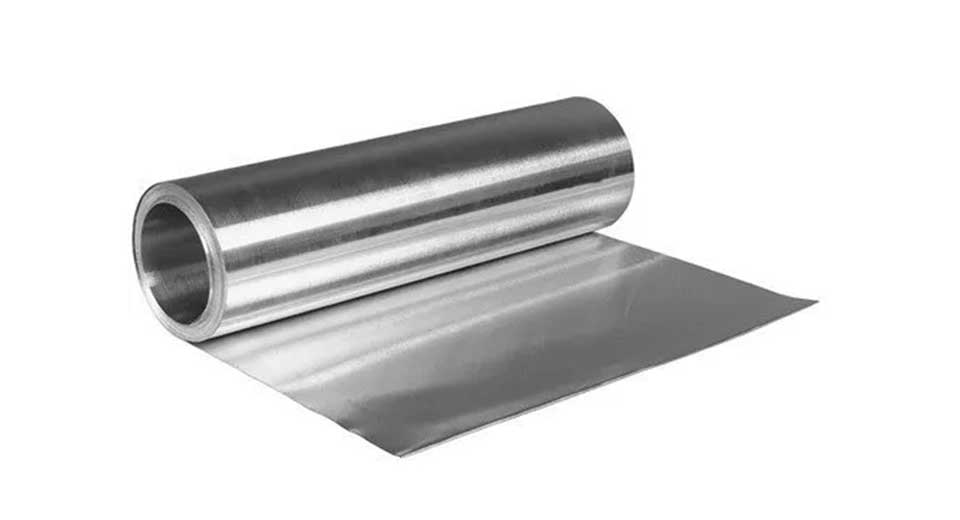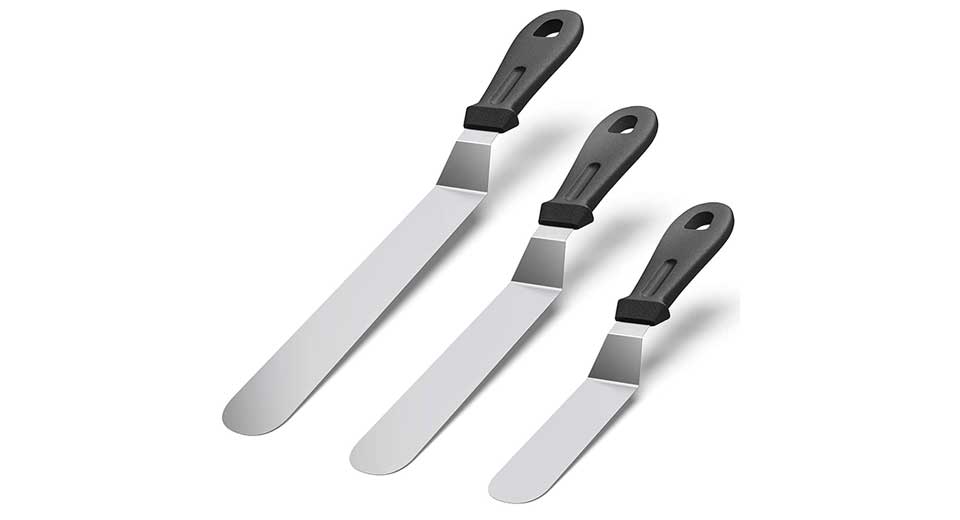Cupcake Liners: A Must-Have in Every Baker’s Kit
Cupcake liners – that’s one of those “must-haves” in every baker’s kit, from the seasoned professional in the bakery to the home baker. It’s a great way to upgrade the experience of baking, offering convenience, aesthetics, and better results. In this post, you will learn everything you need to know about cupcake liners, including types, uses, and tips on selecting the perfect ones.
What are Cupcake Liners?
Those little pieces of paper or foil cups used to hold batter while baking muffins or cupcakes are known as cupcake liners. They are placed in a muffin or cupcake tin, serving as a protective barrier between the batter and the pan, preventing sticking after baking.
Why Use Cupcake Liners?
Several advantages lie in using cupcake liners:
- Non-stick baking: Liners prevent cupcakes or muffins from sticking to the tin, making cleaning easier.
- Portion control: They ensure that all the cupcakes are of the same size, making them look uniform.
- Presentation: Available in various colors, patterns, and materials, liners can enhance the presentation of your cupcakes.
- Less mess: Liners minimize mess, keep the baking pans clean, and prevent any spillage.
Types of Cupcake Liners
Cupcake liners come in various materials and designs to fit different baking purposes. Below are the main ones:
1. Paper Cupcake Liners
Paper cupcake liners are the most widely used. These disposable paper liners come in a variety of colors, patterns, and are food-safe.
- Pros: Inexpensive, easily accessible, and available in many designs.
- Cons: They may stick to the cupcake and can become oily after baking.
2. Foil Cupcake Liners
Foil liners are made from thin aluminum foil and sometimes come with a paper insert.
- Pros: They offer better structure, hold up well during baking, and often don’t require a muffin tin to maintain their shape.
- Cons: Slightly more expensive than paper liners.
3. Silicone Cupcake Liners
Reusable silicone liners are an eco-friendly option. They are flexible, non-stick, and dishwasher-safe.
- Pros: Reusable, environmentally friendly, and don’t need greasing.
- Cons: Higher initial cost and require more storage space.
4. Greaseproof Cupcake Liners
Greaseproof liners are made from specially treated paper that resists grease and oil stains.
- Pros: Ideal for recipes with high fat content as they stay clean and dry.
- Cons: A bit pricier compared to regular paper liners.
How to Choose the Best Cupcake Liners
When selecting cupcake liners, consider the following factors:
1. Material
If you want convenience and aesthetics, paper liners are an excellent option for most home bakers. For more structured and grease-proof baking, foil or greaseproof liners will work better.
2. Size
Cupcake liners come in several sizes, from mini to jumbo, so it’s essential to choose the right size to avoid overflow or under-filled cups.
3. Design and Theme
For special occasions, choose themed cupcake liners, such as floral designs for a garden party or colorful liners for kids’ birthdays.
How to Use Cupcake Liners
Using cupcake liners is simple and straightforward. Follow these steps:
- Place the cupcake liners in the wells of your cupcake or muffin tin.
- Fill each liner with batter, about two-thirds full, leaving room for the cupcakes to rise.
- Bake according to your recipe. Once done, remove the cupcakes from the oven and let them cool in the liners. Enjoy and serve!
Tips for Baking with Cupcake Liners
- Double up your liners for a more vibrant appearance, especially with thin paper liners. The outside liner will retain its color through baking.
- Avoid overfilling the liners to prevent overflow during baking. Two-thirds full is the ideal fill level.
- Use liners for savory baking like muffins or mini-quiches for easy serving and cleanup.
Are Cupcake Liners Necessary?
While cupcake liners aren’t strictly necessary, they make baking much easier and less messy. If you don’t have liners on hand, you can still bake cupcakes by greasing the muffin tin well, but removal may be more difficult.
Where to Get Cupcake Liners
Cupcake liners can be found in most grocery stores, baking supply shops, or online marketplaces. Online, you’ll find a wide variety of colors, sizes, and themes, allowing you to choose liners that suit your needs and preferences.
Conclusion
Cupcake liners may seem like a small detail in the baking process, but they make a big difference in convenience, presentation, and overall experience. From paper to silicone, there’s a liner for every baking need, making them an essential tool in the kitchen. Next time you’re baking cupcakes or muffins, choose the right cupcake liners to enhance both the taste and appearance of your creations!
By following these tips, you’ll not only make your baking easier but also elevate your presentation game.
Frequently Asked Questions on Cupcake Liners
1. Can you bake cupcakes without liners?
You can bake cupcakes without liners if you grease the cupcake or muffin tin well. However, liners offer easier removal, better presentation, and less mess.
2. Do I need to grease the cupcake liners?
Greasing is seldom necessary for cupcake liners, especially with nonstick or silicone liners. If needed, you can lightly spray paper liners with non-stick spray when using stickier batters to prevent sticking.
3. Why are my cupcakes sticking to liners?
Cupcakes may stick to liners due to underbaking, excessive sugar, or using very thin liners. Opt for greaseproof or foil liners to reduce sticking, and ensure the cupcakes are fully baked before cooling.
4. Are cupcake liners recyclable?
While paper and aluminum foil liners are typically for one-time use, silicone liners are reusable and can be washed and reused multiple times.
5. How full should the liners be filled?
Fill liners about two-thirds full of batter, leaving enough room for the cupcakes to rise without overflowing.
6. How are standard and jumbo-sized cupcake liners different?
Standard cupcake liners generally hold about 3 to 4 tablespoons of batter. Jumbo liners, being larger, can hold much more, resulting in bigger cupcakes or muffins.
7. Can cupcake liners be used for other baked goods?
Yes, cupcake liners can be used for various baked goods like muffins, mini cheesecakes, and even savory items such as quiches.
8. Are silicone cupcake liners better than paper liners?
Silicone liners are reusable, environmentally friendly, and non-stick, making them ideal for serious bakers. Paper liners, however, are convenient for one-time use and come in a wide variety of designs and colors.
9. Where can you find themed cupcake liners?
You can find themed cupcake liners at grocery stores, baking supply shops, or online marketplaces like Amazon, which offers a wide range of designs and sizes.
10. Do cupcake liners affect the baking time?
The liners themselves don’t affect baking time, but overfilling liners or using larger liners may require slightly more baking time to ensure the center is fully baked.




